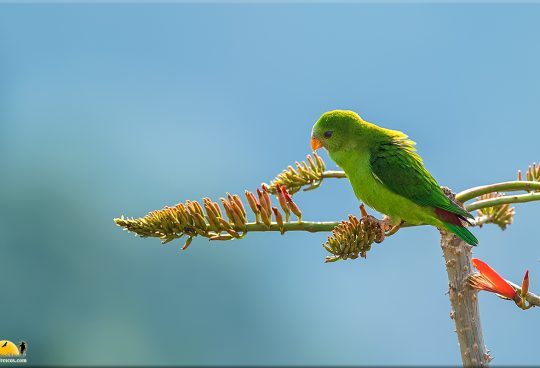The Great Indian Bustard or Indian bustard is a bustard found on the Indian subcontinent. A large bird with a horizontal body and long bare legs, giving it an ostrich like appearance, this bird is among the heaviest of the flying birds. Once common on the dry plains of the Indian subcontinent, as few as 150 individuals were estimated to survive in 2018 (reduced from an estimated 250 individuals in 2011) and the species is critically endangered by hunting and loss of its habitat, which consists of large expanses of dry grassland and scrub. These birds are often found associated in the same habitat as blackbuck. The dry semi-desert regions where it was found in parts of Rajasthan has been altered by irrigation canals that have transformed the region into an intensively farmed area. It is protected under Wildlife Protection Act 1972 of India. It is classified as Critically endangered by IUCN.
The state of Rajasthan initiated “Project Great Indian Bustard”, on World Environment Day 2013, identifying and fencing off bustard breeding grounds in existing protected areas as well as provide secure breeding enclosures in areas outside protected areas. When the “national bird” of India was under consideration, the great Indian bustard was a proposed candidate (strongly supported by the Indian ornithologist Salim Ali), but dropped in favour of the Indian peafowl with at least one reason being the potential for being misspelt.
![]()






Sorry, the comment form is closed at this time.